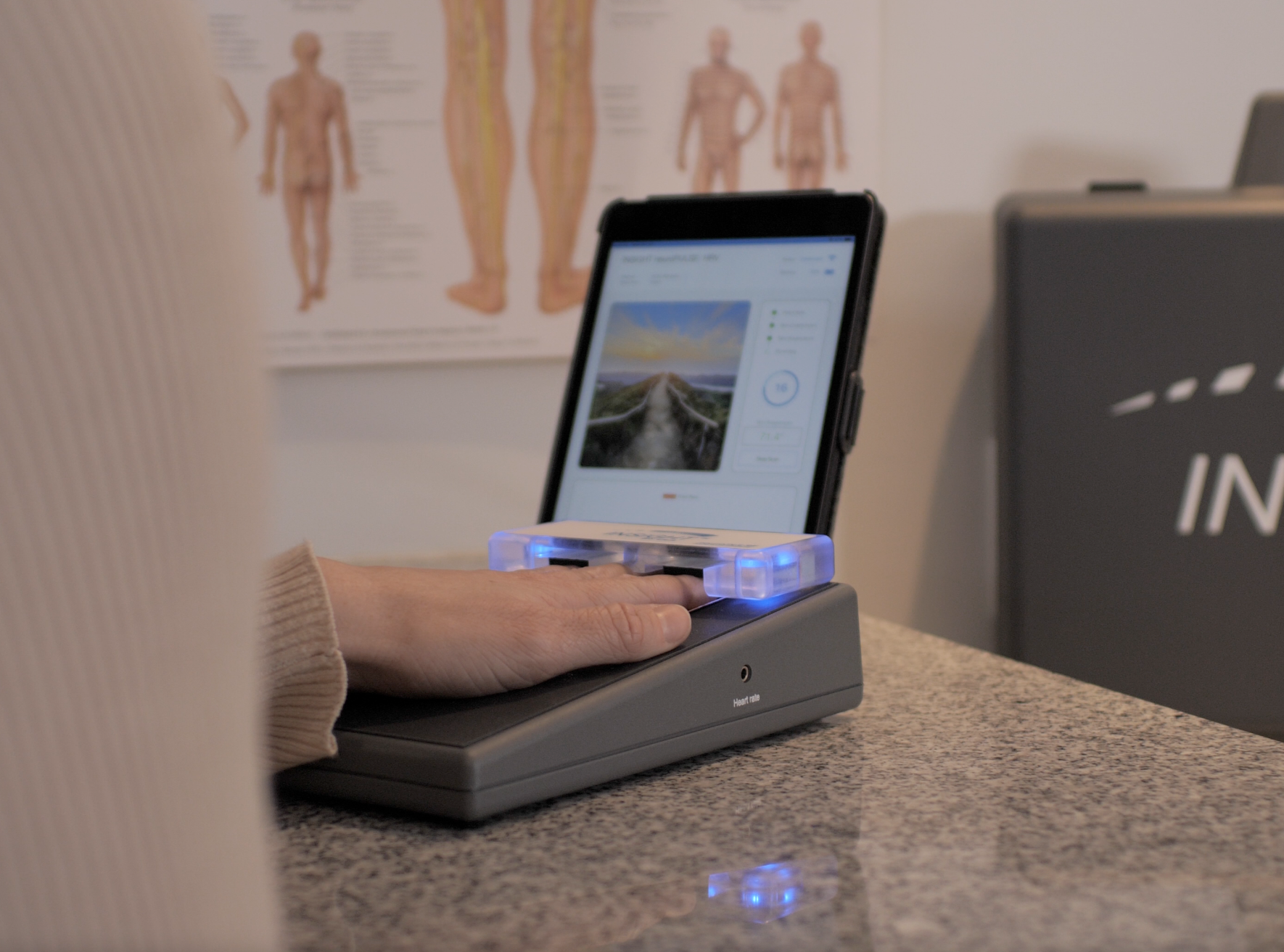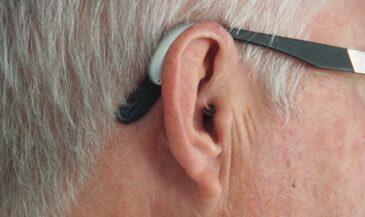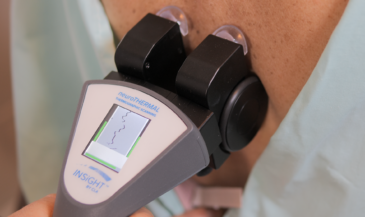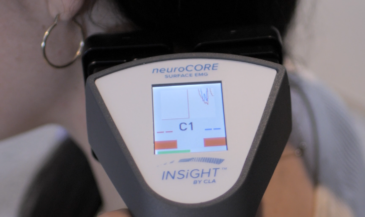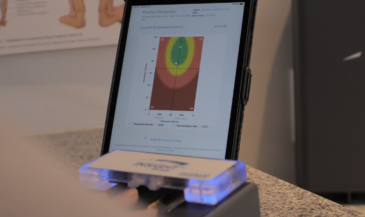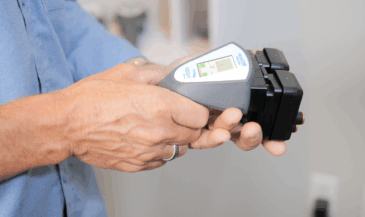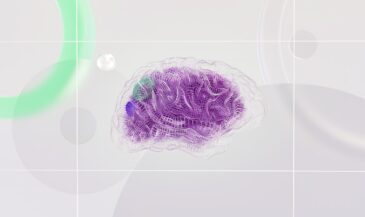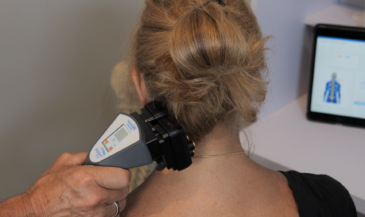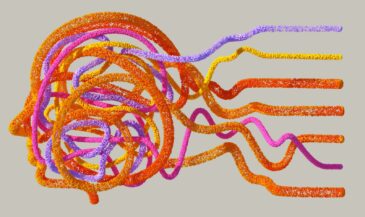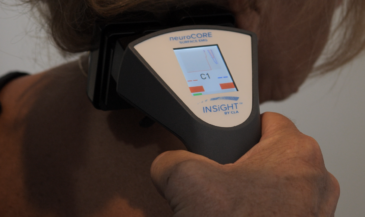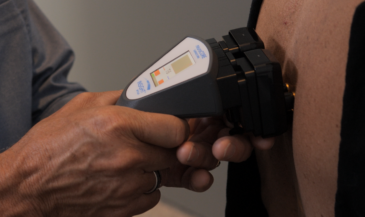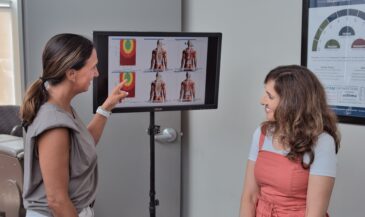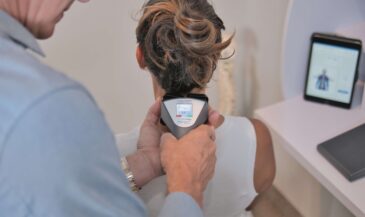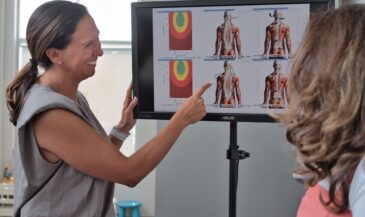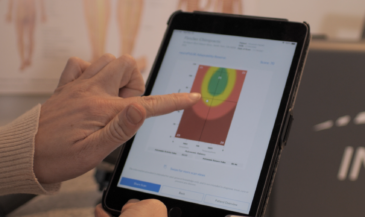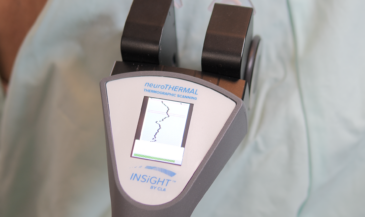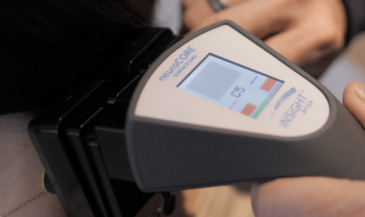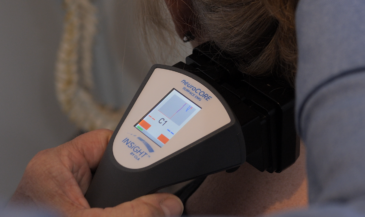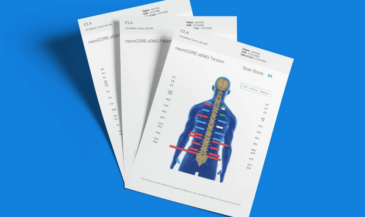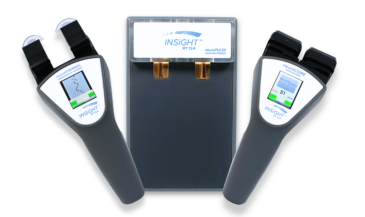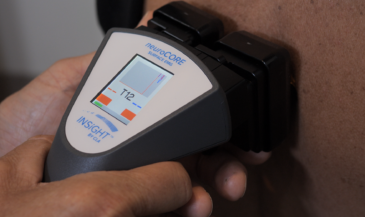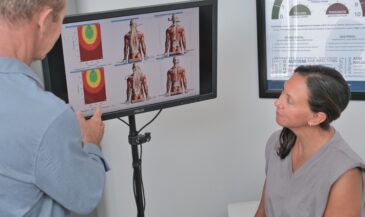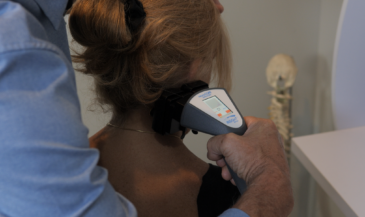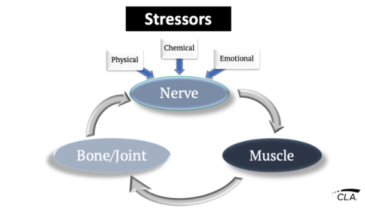Part 1 in The Destructive D series
Imagine your nervous system as a communication network, with messages constantly being sent between your body and brain. These messages, known as afferent signals, are crucial for maintaining ease within your body. But what happens when these signals become distorted? This is where Dysafferentation comes into play – one of the Destructive D’s, that disrupts the flow of communication and can lead to significant health challenges.
What is Dysafferentation?
Dysafferentation refers to the distortion of afferent signals—messages traveling from the body to the brain. Vertebral subluxations, which are associated with spinal misalignments, have been shown to directly influence afferent input to the brain. When these signals are disrupted, the brain receives incorrect or “noisy” information, leading to less-than-optimal responses back to the body. This miscommunication contributes to a range of health issues, from chronic pain and inflammation to reduced immunological responsiveness and neurodevelopmental challenges. Most importantly, dysafferentation impacts the adaptive reserve, making the person continually more vulnerable to everyday stressors.
Chiropractic’s Role in Addressing Dysafferentation
Chiropractic care focuses on restoring clear communication within the nervous system. By adjusting misalignments in the spine, and resetting the tone of the nervous system, chiropractors help to eliminate the interference that causes Dysafferentation. This allows the nervous system to function more efficiently, improving the body’s ability to heal and maintain health.
Measuring Dysafferentation with INSiGHT Scanning Technologies
To fully understand the impact of Dysafferentation, it’s essential to have tools that can measure the adaptability and function of the nervous system. The INSiGHT neuroPULSE scan that measures Heart Rate Variability (HRV) provides a window into how well the nervous system is adapting to stress. HRV measures the balance and activity within the autonomic nervous system, allowing the adaptive reserve to be evaluated and tracked. With this critical information, chiropractors can gain valuable insights into the patient’s nervous system and make informed decisions about care planning.
Bringing It All Together
Dysafferentation represents a breakdown in the essential communication pathways of the nervous system, with far-reaching implications for health. However, with the help of advanced technologies like the neuroPULSE, Chiropractors can identify and address these issues with precision. By restoring clear communication within the nervous system, we can help patients achieve better health outcomes and a higher quality of life, reinforcing the power of chiropractic care to promote and enhance overall well-being.
Chat with our team to get started today, or click here to take our Practice Blocker Quiz to find out if scanning is right for you.







